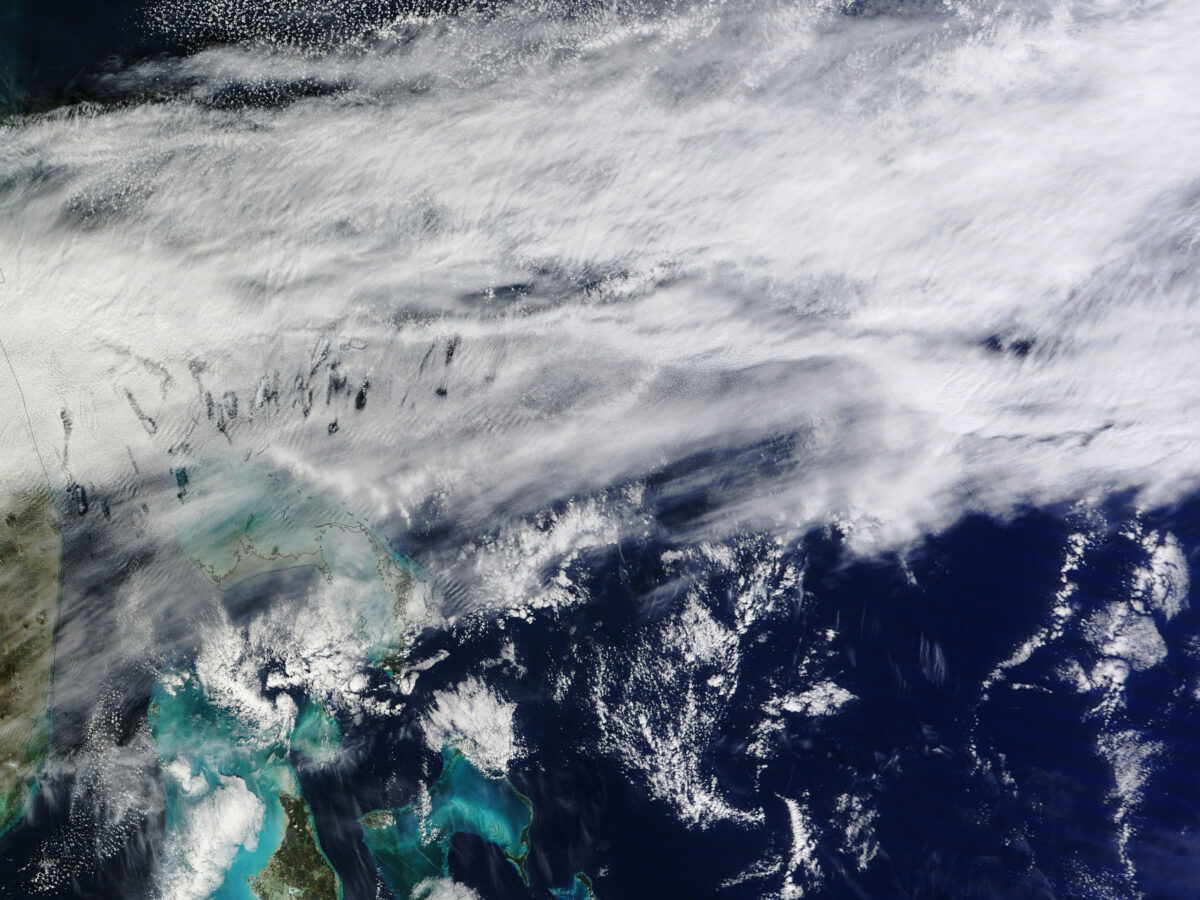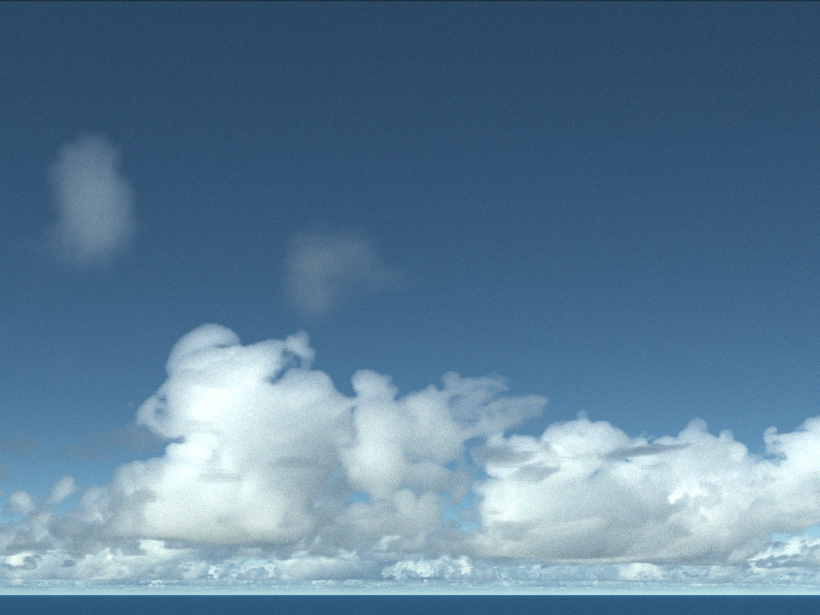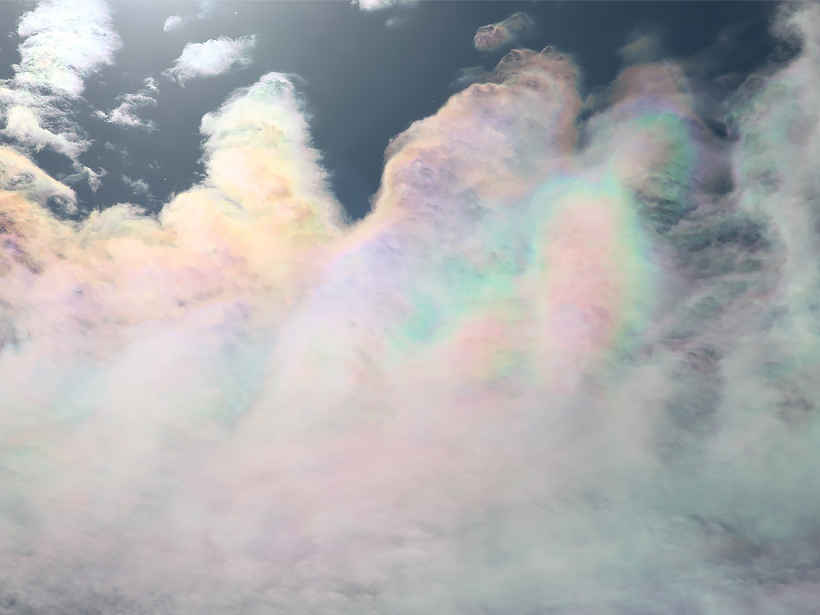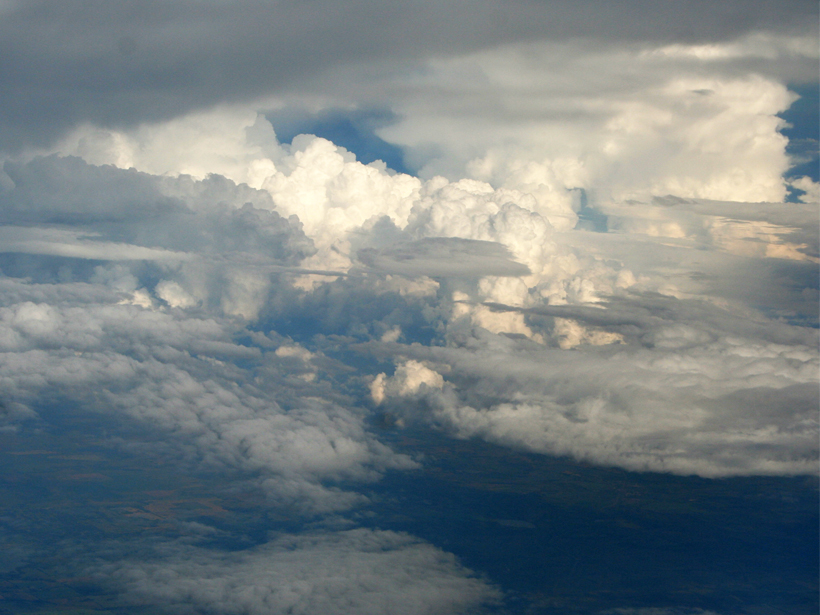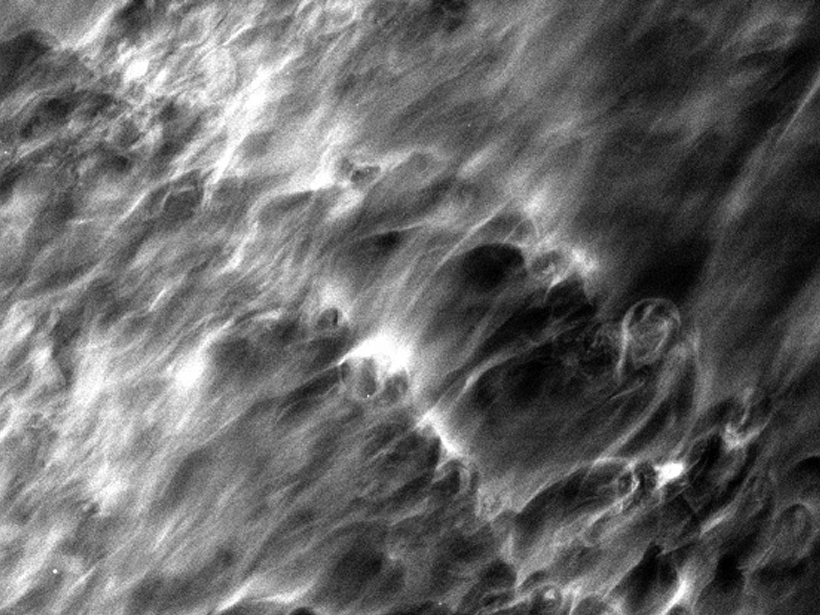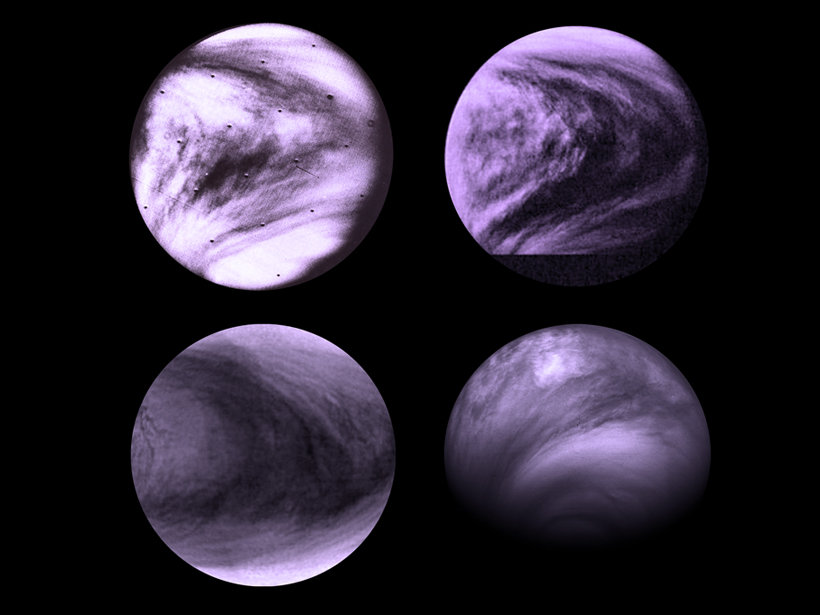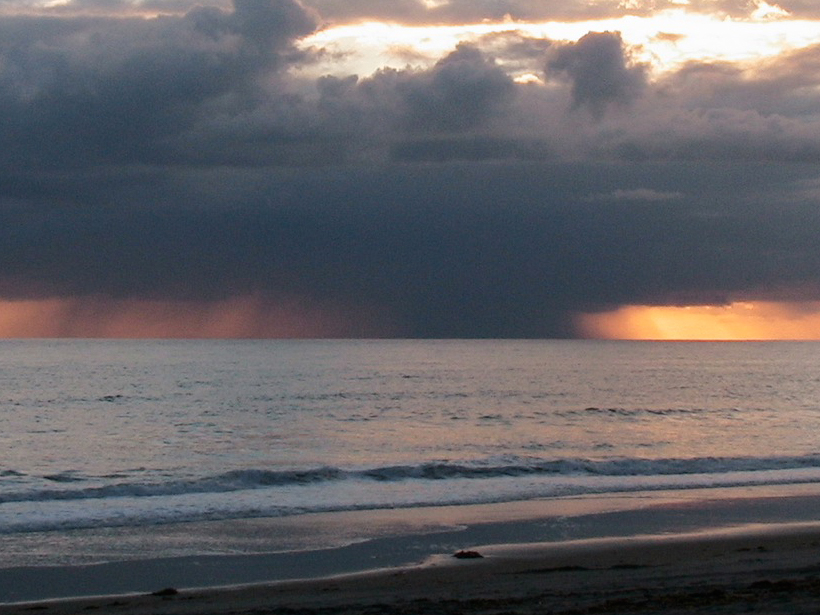New research investigates how mixed-phase cloud partitioning and cloud cover compensate each other in GCMs.
clouds
Aerosols Make Cumulus Clouds Brighter but Shorter Lived
Computer simulations show that although adding aerosol particles to clouds can make them more reflective, the cooling effect from clouds is largely counterbalanced by a reduction in overall cloud cover.
Could Thinning of High Clouds Combat Climate Change?
A climate engineering technique that lets more heat escape from the atmosphere could avoid water cycle suppression associated with other radiation management approaches.
How Climate Change Impacts Clouds' Ability to Cool Earth
Understanding the small-scale processes underlying mixed-phase clouds' response to climate change will help scientists strengthen climate models.
Cloud Overlap Observations Put Simulations to the Test
Fine-scale simulations of cumulus cloud layers could help improve weather and climate models.
Low-Altitude Clouds Play an Important Role in a Changing Climate
Scientists uncover the mechanics behind tropical marine low cloud cover and its influence on models of anthropogenic climate change.
Imagers Seek Big Bang Signatures, Also Find Gravity Wave Effects
Imagers aboard a scientific balloon in the stratosphere serendipitously captured images of thin ice clouds that reveal instability and turbulence flows in remarkable detail.
New Atmospheric Wave May Shape Venus's Clouds
A novel model suggests that a new wave may be responsible for Venus's iconic Y pattern.
Lu Receives the 2015 James R. Holton Junior Scientist Award
Chunsong Lu will receive the 2015 James R. Holton Junior Scientist Award at the 2015 American Geophysical Union Fall Meeting, to be held 14–18 December in San Francisco, Calif. The award recognizes "outstanding research contributions by a junior atmospheric scientist within three years of his or her Ph.D."
Cool Downdrafts in Large Thunderstorms Captured by Satellite
Orbiting scatterometers can reveal patterns of cool air in mesoscale convective systems.

